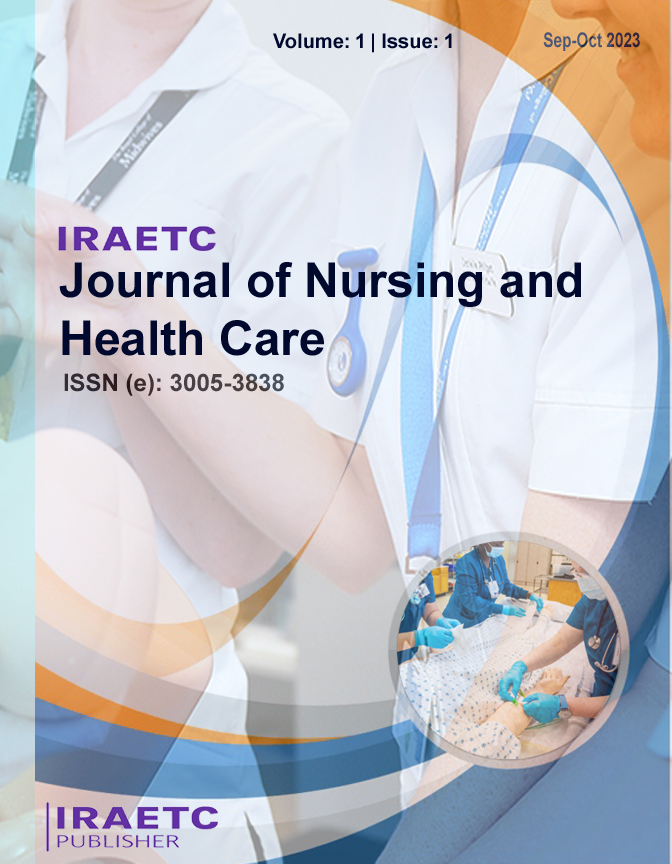Evaluating the Effectiveness of Evidence-Based Nursing Interventions in Preventing and Managing Diabetic Foot Complications: A Systematic Review

| Evaluating the Effectiveness of Evidence-Based Nursing Interventions in Preventing and Managing Diabetic Foot Complications: A Systematic Review |
| Md. Abdur Rahim, Orapan Thosingha, Wimolrat Puwarawuttipanit |
| DOI: |
| Pdf Download |
